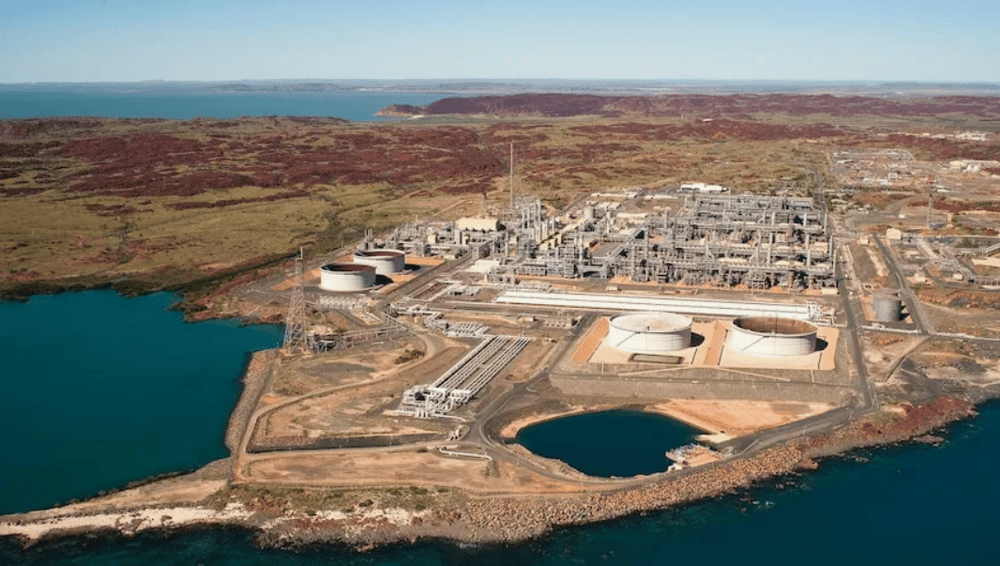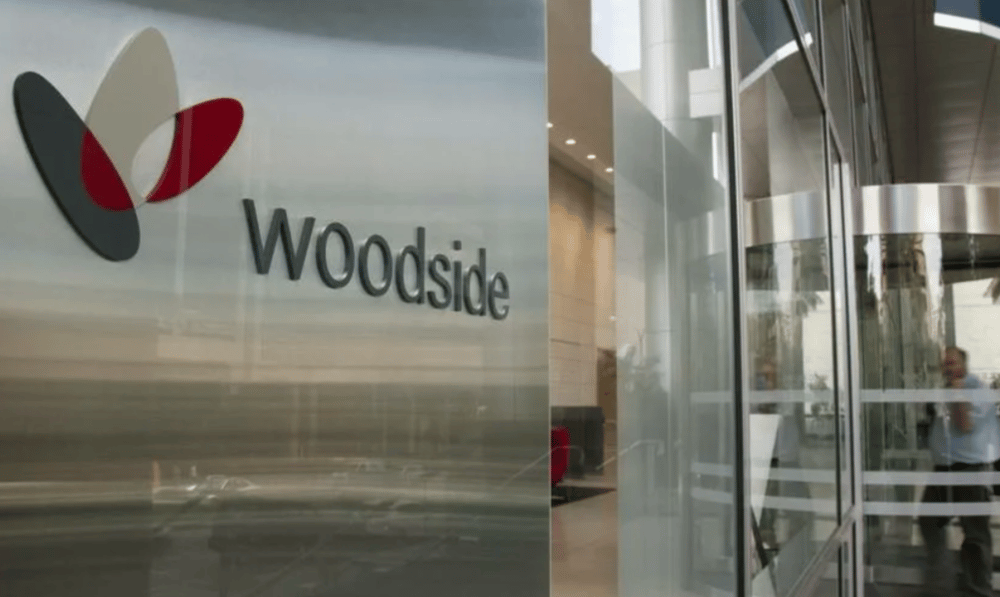Woodside Energy’s North West Shelf LNG Extension Faces Extended Consultation
Woodside Energy Group Ltd $WDS, Australia’s leading oil and gas producer, and the federal government have agreed to extend the consultation period for the North West Shelf (NWS) LNG extension project. This development follows last month’s conditional environmental approval, as stakeholders seek clarity on the terms imposed on the expansion of Australia’s oldest and most strategically significant liquefied natural gas (LNG) facility.
Located on the Burrup Peninsula in Western Australia, the North West Shelf is a cornerstone of Australia’s LNG export infrastructure, supplying key markets across Asia, including Japan (JPY), China (CNY), and South Korea (KRW). The extension of this consultation period reflects growing environmental oversight over fossil fuel infrastructure amid the global energy transition.
Strategic Asset Meets Climate Risk Constraints
The NWS project, jointly operated by Woodside, has been a major contributor to Australia’s position as one of the top global LNG exporters. However, its proposed life extension beyond 2030 has triggered regulatory conditions concerning emissions, heritage protection, and cumulative environmental impact.
The Environmental Protection Authority (EPA) of Western Australia gave conditional approval in May 2025, but mandated strict compliance frameworks. These include more robust greenhouse gas abatement plans, monitoring of cultural heritage zones near Murujuga rock art, and lifecycle impact assessments aligned with net-zero targets.
Woodside’s request — and the government’s acceptance — to extend the public consultation window signals increased transparency but also prolongs investor uncertainty regarding final investment decisions (FID) and timelines.

North West Shelf LNG Expansion
🏢 Operator: Woodside Energy Group Ltd
🌏 Location: Burrup Peninsula, Western Australia
⚡ Project Type: LNG plant life extension
📅 Consultation Extended: June 2025 (original approval in May 2025)
🌱 Environmental Concerns: Emissions, cultural heritage (Murujuga), lifecycle GHG impact
📈 Market Impact: Export supply to Asia-Pacific (JPY, CNY, KRW denominated contracts)
📝 Status: Conditional environmental approval, pending final public feedback
Market Reaction and Strategic Implications
While not halting operations, the regulatory pause has introduced new timeline uncertainty into one of Australia’s critical energy export hubs. Energy analysts note that this extended process could delay investment clarity, particularly as global LNG demand dynamics shift in the wake of decarbonization policies and fuel-switching trends.
That said, regional LNG buyers have long-term supply contracts in place, and no immediate disruption is expected. However, further regulatory stringency could affect Woodside’s valuation, cash flow projections, and Australia’s share of the global LNG trade amid growing competition from Qatar, the United States (USD), and new African producers.
For ESG-focused institutional investors, the extended consultation offers a test case in how climate-aligned infrastructure oversight is evolving across resource-exporting economies.

Key Takeaways
Conditional Approval Issued: EPA granted clearance subject to strict environmental and heritage terms.
Consultation Extension Granted: More time for stakeholder input may affect final regulatory timelines.
Asia-Pacific Supply Link: NWS LNG is a vital node in the Asian gas trade, particularly for JPY- and KRW-based contracts.
Carbon Policy in Focus: Australia’s federal climate targets increasingly influence fossil fuel approvals.
Investor Watchpoint: Regulatory risk now a core variable in energy infrastructure valuation models.
LNG Export Ambitions Versus Environmental Imperatives
The extended consultation period for the North West Shelf LNG project underscores the complex balancing act between economic energy exports and environmental accountability in Australia. As a strategically significant asset for both Woodside Energy and the national economy, its future will likely serve as a benchmark for LNG lifecycle governance in a decarbonizing world.
With Woodside navigating emissions compliance, cultural heritage sensitivity, and capital expenditure pressures, the coming months will be pivotal for both project certainty and market sentiment. More broadly, the case exemplifies how climate regulation is reshaping the future trajectory of long-lived fossil infrastructure in developed resource economies.















Comments
Moves like this demonstrate how innovation and capital are converging to reshape tech infrastructure